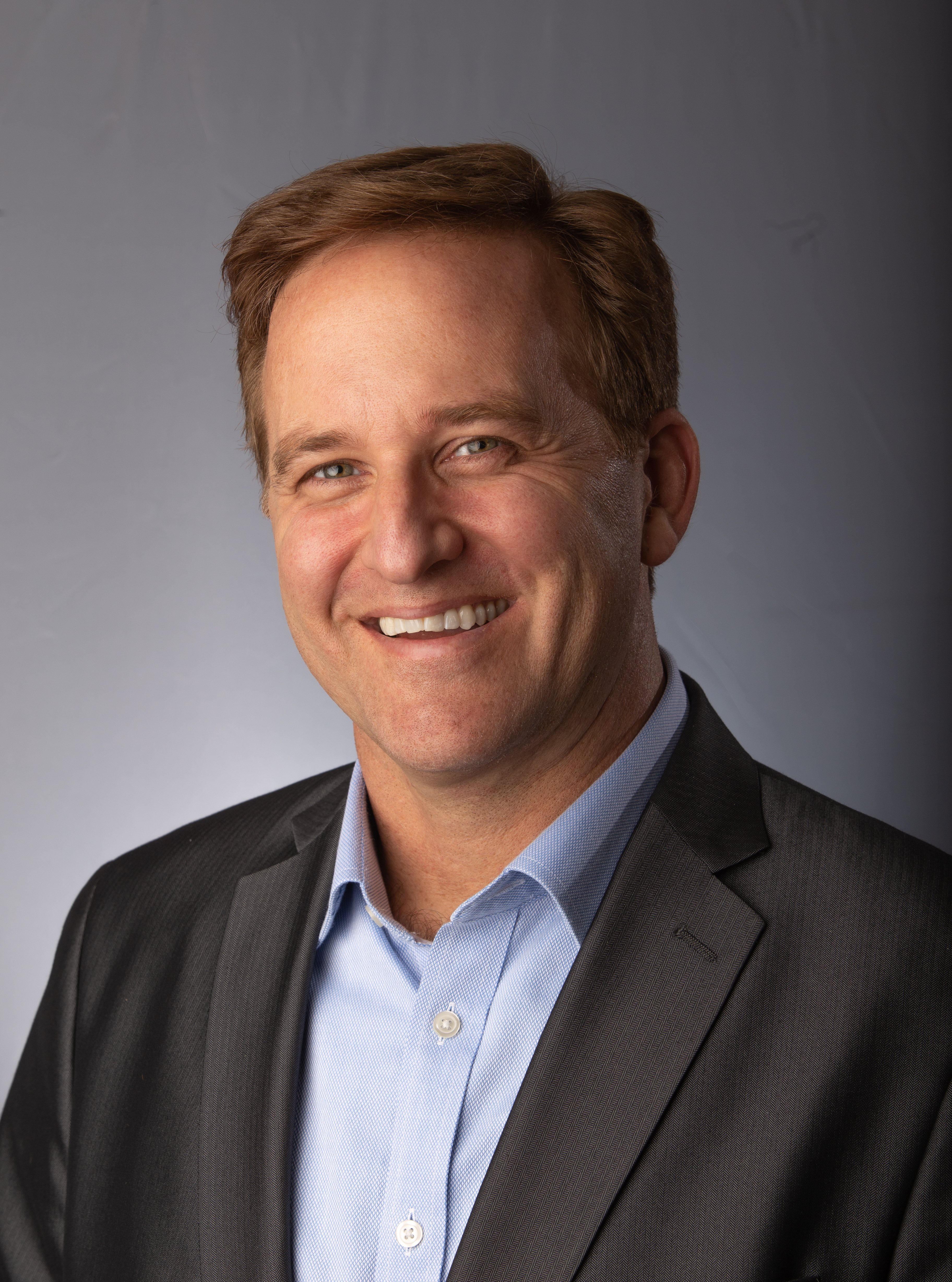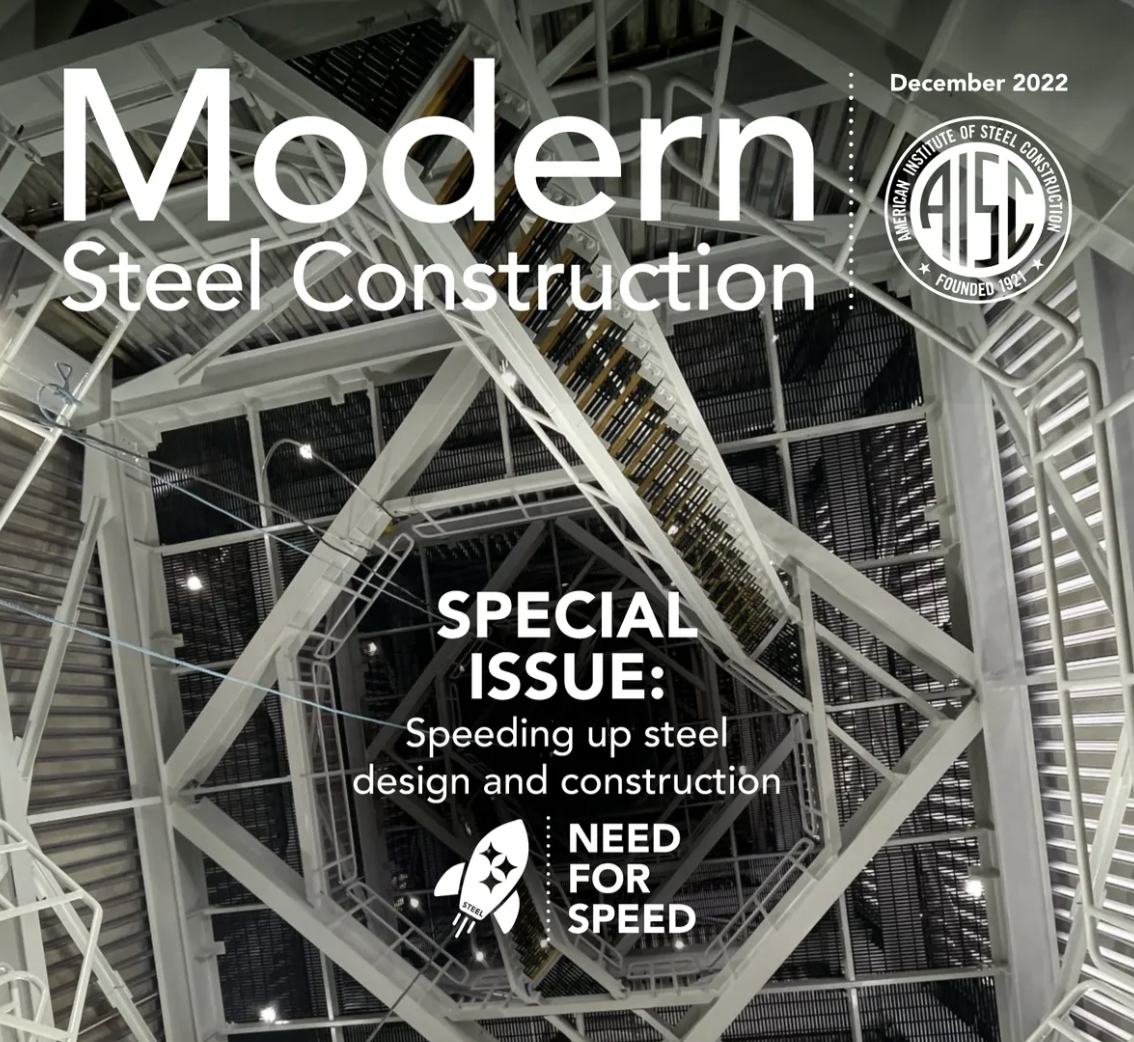The Dawn of a New Era: The Cloud’s Ascension and the Data Center Revolution
According to Elon Musk, artificial intelligence (AI) is on the brink of surpassing human intellect as early as next year. Is there truth to his...
1 min read
 Michael Gustafson
:
Dec 13, 2022 8:11:58 PM
Michael Gustafson
:
Dec 13, 2022 8:11:58 PM

AECBytes Embodied Carbon - Why it Matters to the Structural Engineer
Michael Gustafson, P.E. | Published December 6, 2022
There is a lot of buzz happening in the structural engineering community around reducing carbon. Engineers are being asked by clients what they are doing to reduce embodied carbon in their structural designs. However, when I speak to structural engineers, many are not clear what their role is to play in reducing carbon. If they deliver a “good” structural design that is efficient and well-coordinated, won’t that do its best at reducing carbon? This is a good question and I wanted to elaborate on this topic in more detail.
But first, let’s review what embodied carbon is and why it is important to the structural engineer.
As a primer for structural engineers exploring the topic, I suggest they read this recent Embodied Carbon Guide published by Hines. Written in partnership with carbon experts from Magnusson Klemencic Associates, it explains what embodied carbon is and related concepts (like GWP and EPD) and why embodied carbon is important to the AEC industry as a whole. It also provides insights into carbon contributors by construction material (steel, concrete, timber, etc.) and methods (material creation vs construction site), which are important for structural engineers to understand.
From a structural perspective, embodied carbon is the carbon released into the atmosphere through the production and construction of the structural materials that are used. As a structural engineer who designs all types of structural systems including concrete and structural steel, it is staggering to see how a typical engineer impacts the global carbon footprint. With a few back-of-the-napkin calculations (see Footnote below), I estimate that structural engineers have a 1000+ fold carbon footprint impact compared to the average global citizen. This is from just the engineering decisions they make around steel and concrete. Finish reading...
According to Elon Musk, artificial intelligence (AI) is on the brink of surpassing human intellect as early as next year. Is there truth to his...

Read about Qnect's software in MSC's December 2022 issue.

As the steel sector searches for sustainable solutions in the carbon heavy construction industry, it is crucial not to overlook the power of...